Deep-Sea Biodiversity
The Deep-Sea Biology research group at GEOMAR, in close cooperation with Cape Verdean colleagues, investigates the role of pelagic fauna in the oceanic carbon cycle, conducts time series studies of deep-sea biodiversity and observes the distribution and abundance of deep-sea fauna also in relation to environmental parameters such as temperature and oxygen.
To document deep-sea organisms in their natural environment, scientists conduct in situ observations with camera systems on towed and autonomous platforms and bottom observatories. Furthermore, organisms are also collected with nets and studied with modern molecular biology techniques such as eDNA and DNA barcoding. DNA analysis can also be used to detect a wide variety of deep-sea organisms in water or sediment samples.
This approach has already allowed the documentation of species never before observed in the Atlantic Ocean, new insights into the functioning of organisms in the oceanic ecosystem of the eastern Atlantic, and the prediction of the adaptive potential of organisms to a changing ocean.



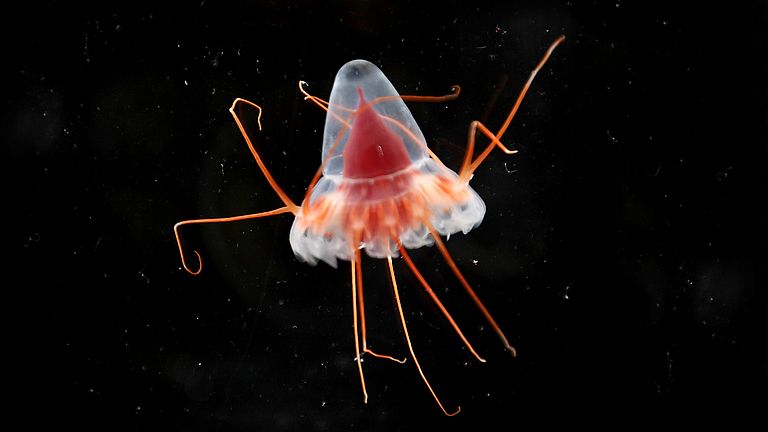

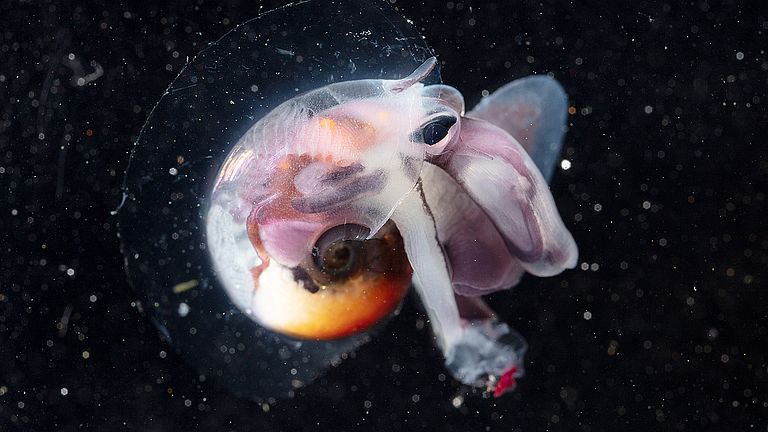
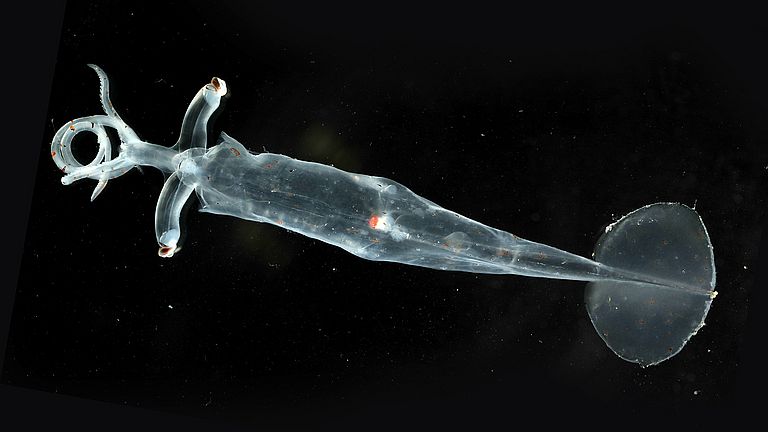
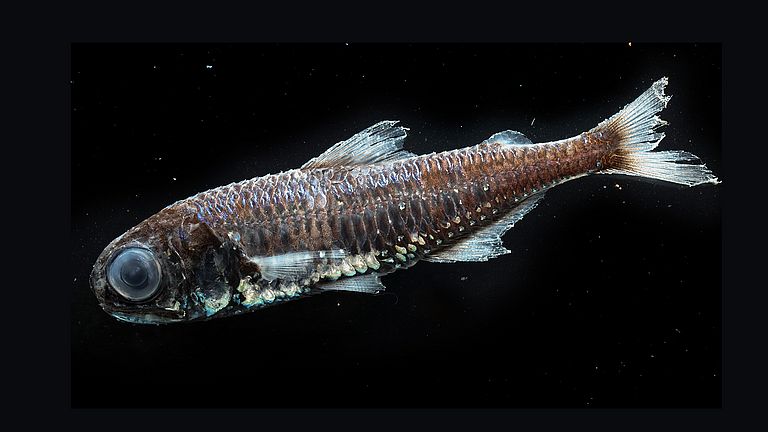
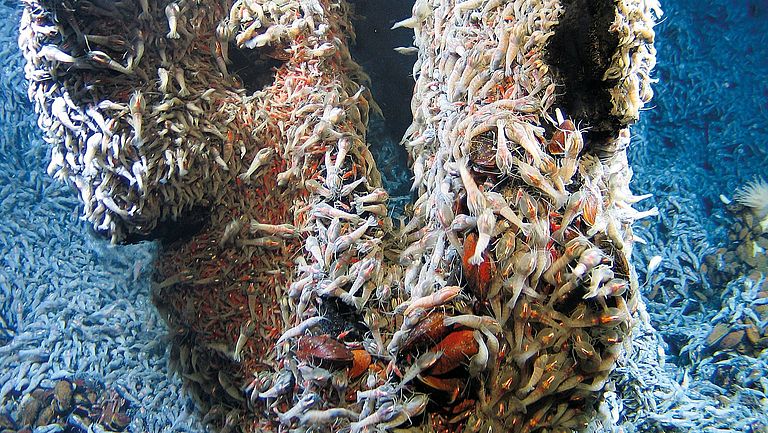
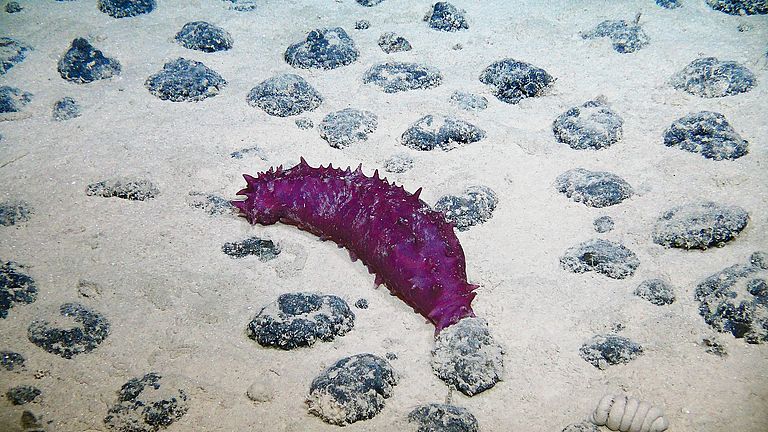

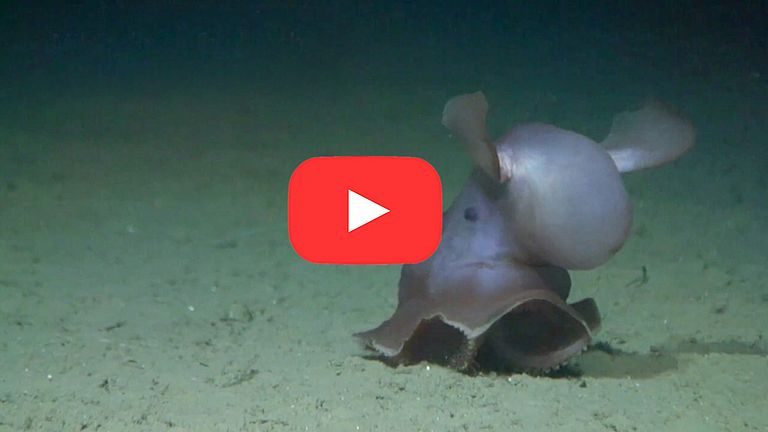



![[Translate to English:] A ship is moored in the harbour](/fileadmin/_processed_/3/f/csm_IMG_6759_0dedf58802.jpeg)
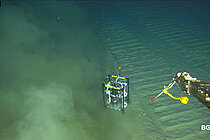
![[Translate to English:] Poster Tintenfische](/fileadmin/_processed_/e/9/csm_Poster_Tintenfische_cbe07a9f7a.jpg)
![[Translate to English:] Poster Tiefseefische](/fileadmin/_processed_/9/9/csm_Poster_tiefseefische_155979e803.jpg)
